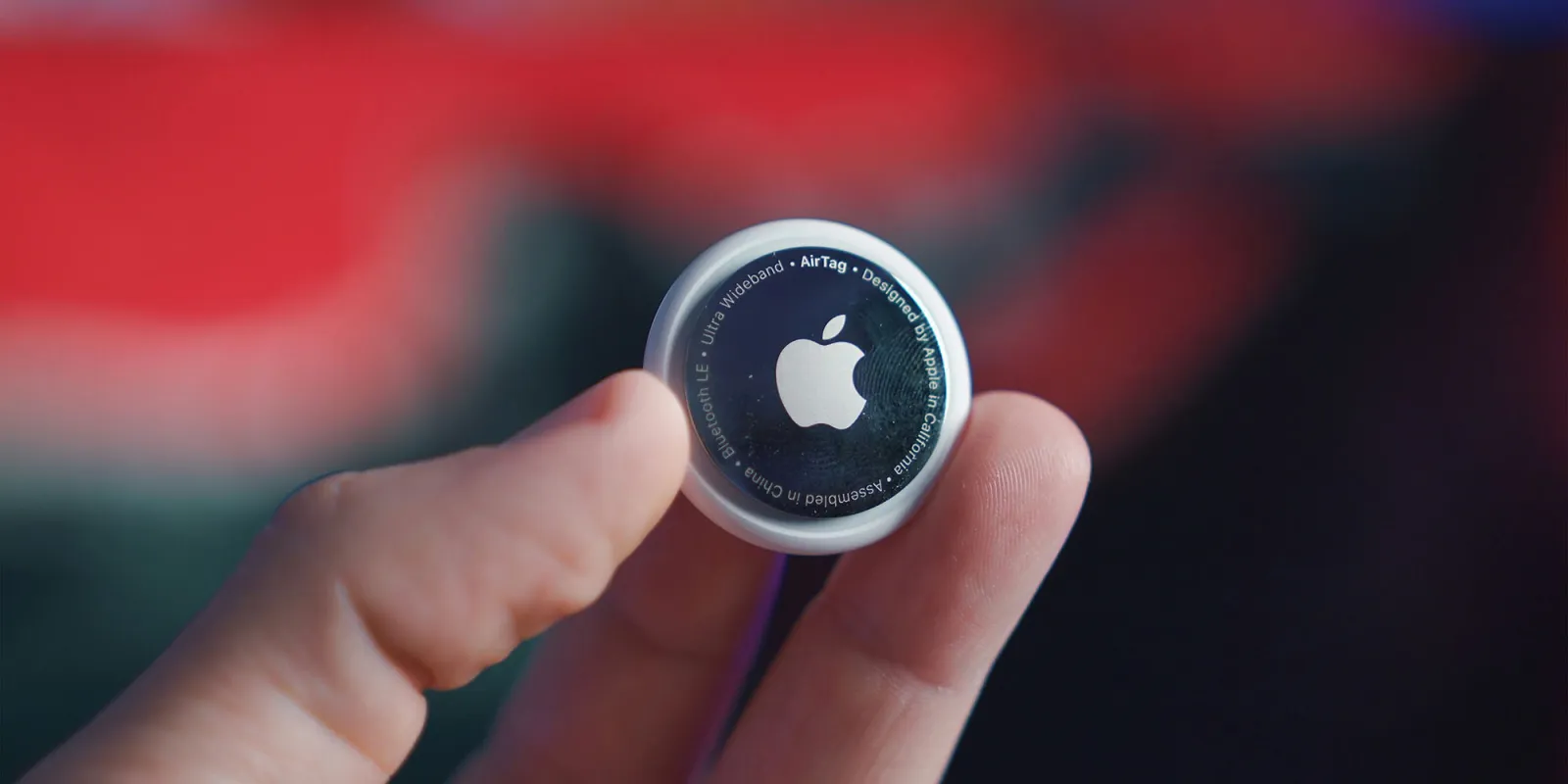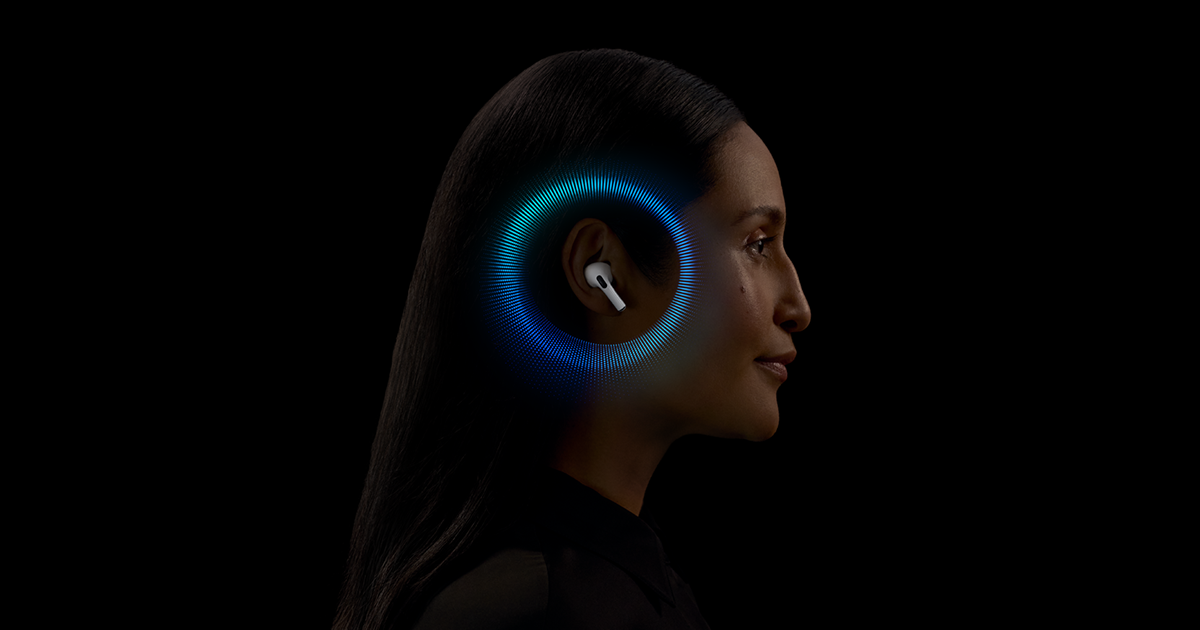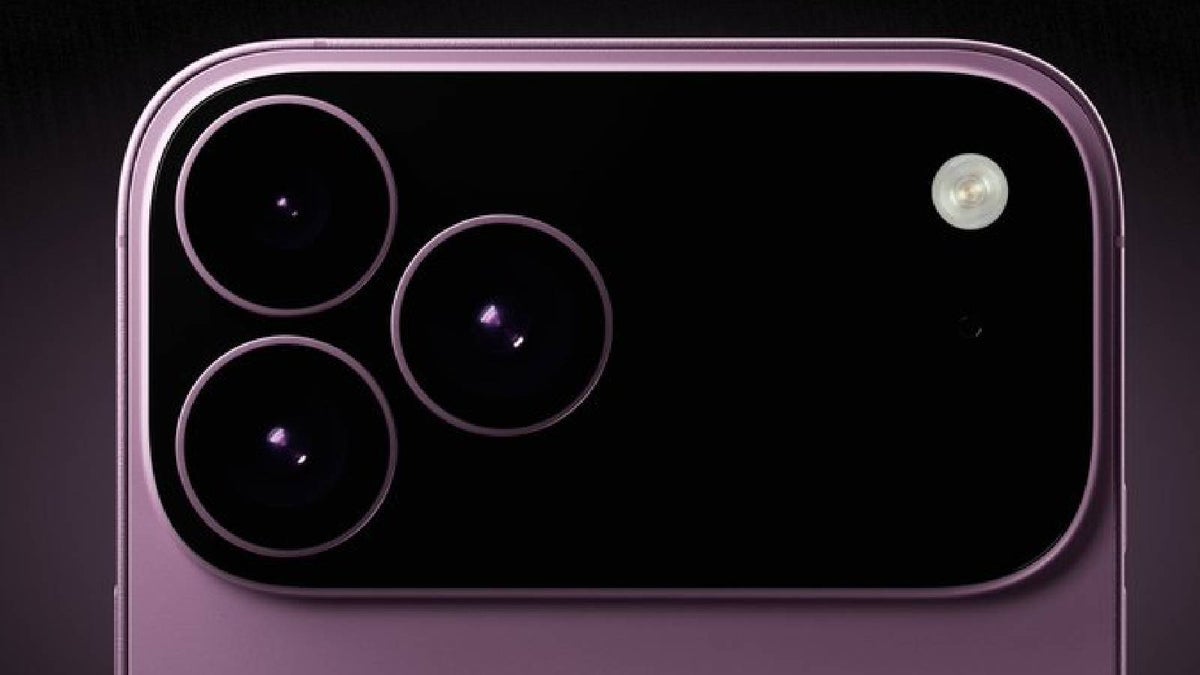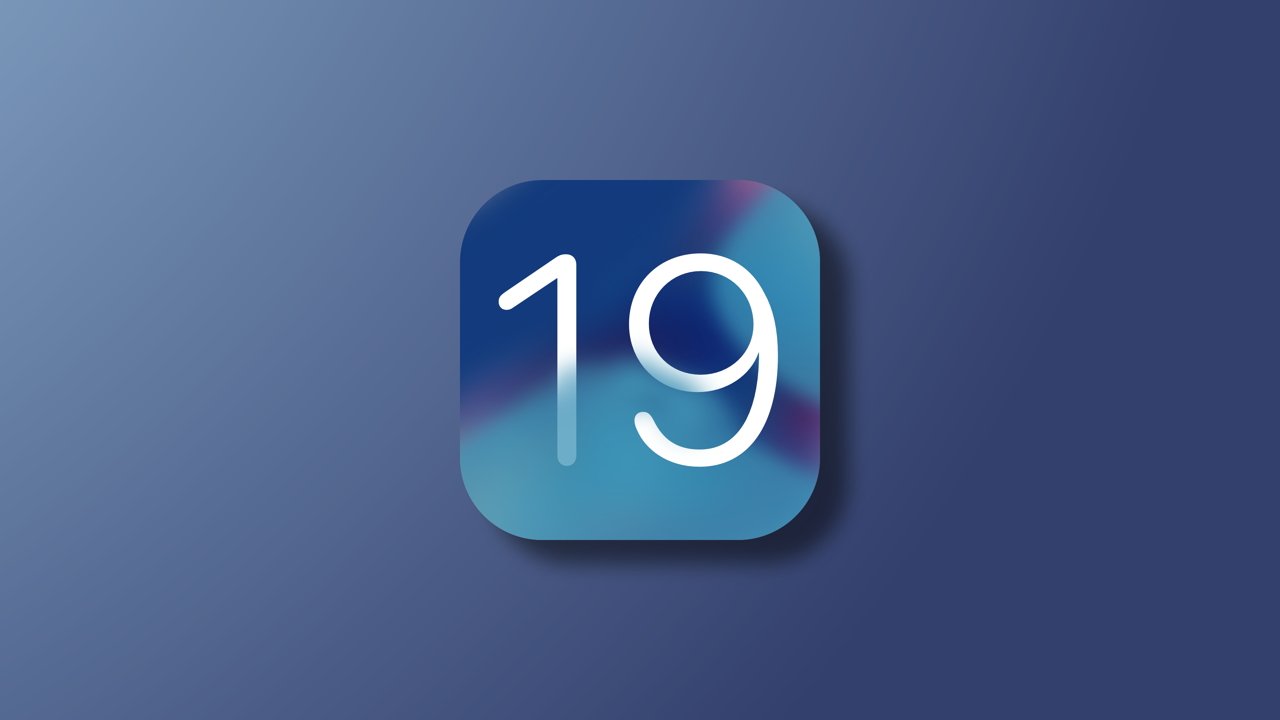U.S. President Trump said that if Apple increases iPhone assembly in India, he will threaten to add a 25% tariff to those devices. At a recent New Jersey rally, Trump announced he intends to add an import tax to U.S.-made iPhones if elected again.
Trouble between the United States and China has pushed Apple to make more physical components in India instead of China. The country has been giving big incentives to companies, hoping to secure Apple’s investment. Consequently, Apple now produces close to 14% of its iPhones in India and the figure could rise in the future.
Trump spoke against Apple for producing its devices in China and India. He feels companies should manufacture their products in the U.S. so they can help the local employment and economy. He mentioned that if iPhones are still manufactured abroad, every one imported to the U.S. would face a 25% tariff.
Trump has previously gone after Apple. He pressed the company’s home country to resume manufacturing in the United States while he was president. If Trump is given another chance, he seems ready to turn back to harsh trade policies. Apple has not responded to Trump’s statement, but any increased tariffs could lead to iPhone prices rising in the U.S. and a disruption of the company’s worldwide supply chain.







